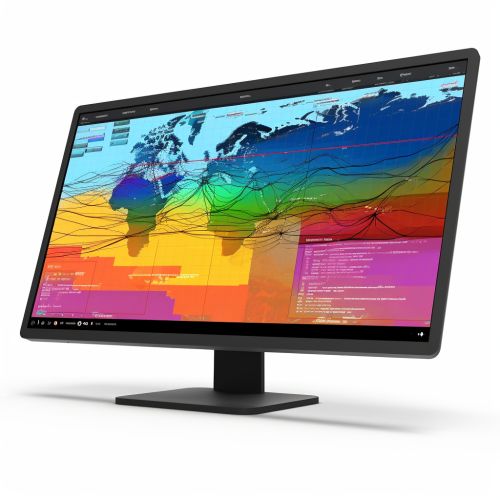The Science of Climate Modeling
Introduction
Climate modeling is a scientific method that uses mathematical models to predict the interactions of the atmospheric, oceanic, and biogeochemical systems. These models are used to understand and forecast changes in the Earth's climate and the effects of human-induced changes on the climate. Climate models are complex and require significant computational resources to run, but they are an essential tool in the study of climate change.


History of Climate Modeling
The history of climate modeling dates back to the early 20th century, when scientists first began to understand the basic principles of the Earth's climate system. The first climate models were simple and focused on the balance of energy between the Earth and the Sun. As our understanding of the climate system has improved, so too have the models, which now incorporate a wide range of physical, chemical, and biological processes.
Types of Climate Models
There are several types of climate models, each with its own strengths and weaknesses. The simplest models, known as energy balance models, consider only the balance of incoming and outgoing radiation at the Earth's surface. More complex models, known as general circulation models, simulate the fluid dynamics of the atmosphere and oceans. The most complex models, known as Earth system models, incorporate interactions between the atmosphere, oceans, land surface, and biosphere.


Components of Climate Models
Climate models are composed of several components, each representing a different part of the Earth's climate system. These components include the atmosphere, oceans, land surface, and biosphere. Each component is represented by a set of mathematical equations that describe the physical, chemical, and biological processes that occur within that component. These equations are solved numerically using a technique known as numerical weather prediction.
Climate Model Simulations
Climate model simulations are used to predict future changes in the Earth's climate under different scenarios of greenhouse gas emissions. These scenarios, known as representative concentration pathways, represent a range of possible futures, from a world with aggressive mitigation of greenhouse gas emissions to a world with continued high emissions. The results of these simulations are used to inform policy decisions on climate change.


Uncertainty in Climate Models
Despite the sophistication of modern climate models, there is still a degree of uncertainty in their predictions. This uncertainty arises from several sources, including the inherent unpredictability of the climate system, the simplifications made in the models, and the uncertainty in future greenhouse gas emissions. Climate scientists use a variety of techniques to quantify and communicate this uncertainty, including ensemble forecasting and uncertainty quantification.
Future of Climate Modeling
The future of climate modeling lies in the development of more accurate and detailed models, the incorporation of new processes and feedbacks, and the improvement of techniques for quantifying and communicating uncertainty. Advances in computational technology will also play a key role in the future of climate modeling, allowing for more complex and detailed simulations.


